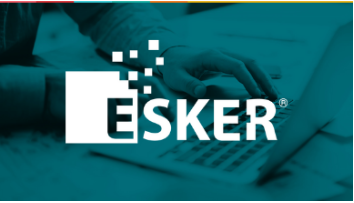Esker, a worldwide leader in AI-driven process automation solutions and pioneer in cloud computing, today announced a strategic partnership with Wisconsin-based B/2BNOW, a leading provider of electronic data interchange (EDI) solutions for the SAP S/4HANA Cloud enterprise resource planning (ERP) system. The partnership is focussed on providing better automation and an improved experience on S/4HANA and helping customers prepare for the transition from SAP’s legacy ERP business suite, of which SAP is discontinuing support by 2025.
“The SAP ecosystem is very important to our business and the customers who rely on SAP, and we recognise the significance of the new S/4HANA platform,” said Steve Smith, COO at Esker. “As a leader in process automation solutions, our goal in partnering with and investing in B/2BNOW is to contribute to the success of the SAP ecosystem and increase adoption of S/4HANA by SAP users.”
As a relatively new startup company, B/2BNOW just completed its initial round of seed funding, of which Esker was responsible for 40 per cent of the total amount raised. In light of this investment from Esker, Smith will be joining B/2BNOW’s board of directors.
B/2BNOW is one of the earliest adopters in the S/4HANA space. While traditional managed service providers are waiting to support the platform until it’s more established, the company is the first in the world to implement an EDI solution for S/4HANA public cloud. B/2BNOW’s solution gives businesses that are ready to switch to S/4HANA an advantage by providing offerings that can work with S/4HANA, both now and as the platform matures.
“We’re fully embracing the power of experiential data, taking difficult-to-process data streams—those traditionally only used by IT departments—and converting them into a format that can be used across the organisation,” said Mike Kersels, CEO and founder of B/2BNOW. “This partnership will allow us to leverage Esker’s industry-leading UI to present data in ways that are most effective to each department and empower businesses to base decisions on trend reporting and real-time dashboards.”

